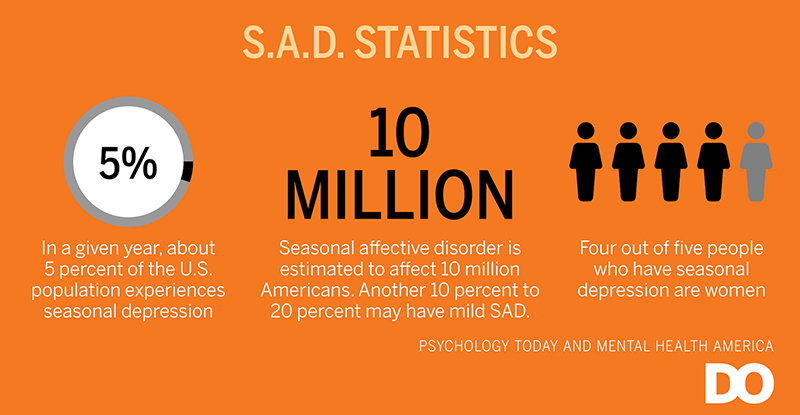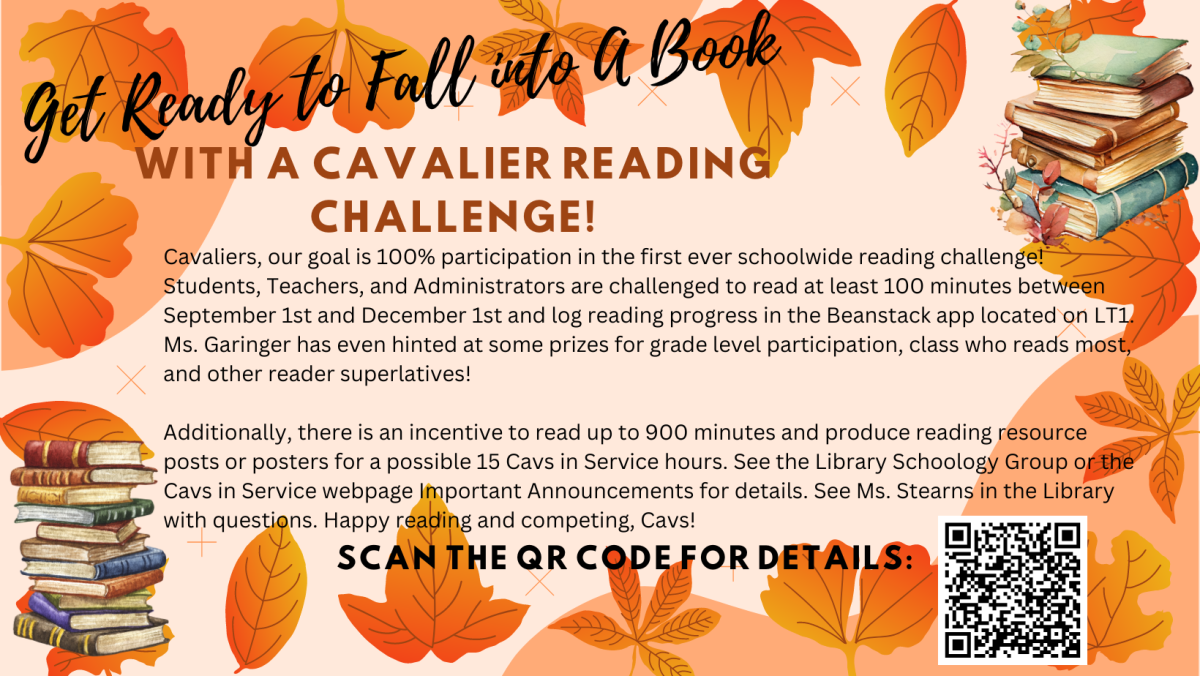The United States has a problem: according to the National Literacy Institute, a concerning 54% of adults have a literacy level below the sixth grade level. Although National Handwriting Day was created to promote the purchase of pencils and paper, it brings up this very concern for many educators in the United States: that handwriting and literacy are on the decline compared to typing on a computer. It’s a problem that is on the rise due to the ever-increasing use of technology in the education system, and many people fail to realize the cognitive harm it could cause upcoming generations of students.
But if some educators are concerned about the current lack of handwriting instruction, then how did the issue develop? The answer lies in the fact that since the early 2000s, many school systems found it more efficient to teach using technology as it became more prevalent in everyday life. “These changes have naturally led parents and educators to ask how much time and how many resources should be spent on teaching children to write by hand,” said Dr. Robert Wiley and fellow psychologists. Unfortunately, this teaching strategy has the potential to adversely affect current and future children.
In reality, the simple cognitive benefits that accompany using the skill of handwriting cannot be overlooked. “Writing by hand also improves memory and recall of words, laying down the foundations of literacy and learning,” said neuroscience researcher Aya Ihara, whose work includes studies done on the neurological effects of developing handwriting and motor skills. For young students, this means handwriting could provide them with a better education and an academic advantage.
Similarly, handwriting has the cognitive benefit of improving memory and total recall in people of all ages. “The interplay between working and long-term memory plays a central role in explaining the benefits of handwriting to overall literacy development,” said Dr. Shawn Datchuk of the Iowa Reading Research Center. “Handwriting is an often forgotten and misunderstood element of early literacy instruction. It deserves more attention.”
Perhaps most importantly, there is ample evidence to support that learning how to write by hand greatly increases the speed at which students develop vital reading and spelling skills.
“The [fact] that handwriting training during letter learning strengthens reading and spelling skills has implications for best practices in education,” said Dr. Robert Wiley, asserting that educators should take note of the proven benefits of handwriting instruction. It might seem like an obvious fact: it’s important to learn to read and write. However, for many people across the country, this is a skill that is being overlooked in favor of the conveniences provided by technology.























